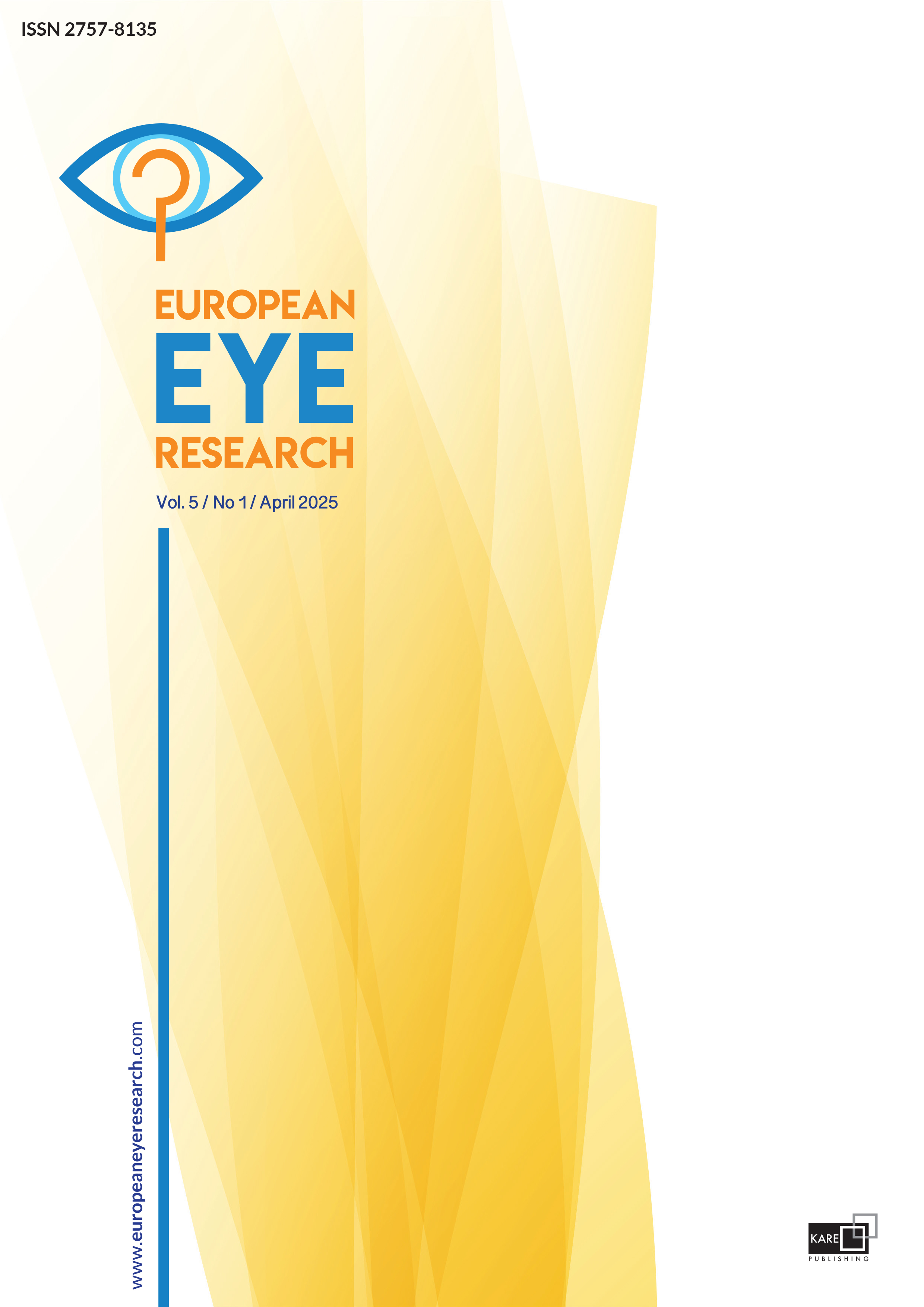

Evaluation of hypercoagulability in ocular vascular pathologies
Neslihan Dilruba Koseoglu1, Didem Turgut Cosan2, Ahmet Musmul3, Ahmet Ozer11Department of Ophthalmology, Eskisehir Osmangazi University Faculty of Medicine, Eskisehir, Türkiye2Department of Medical Biology, Eskisehir Osmangazi University Faculty of Medicine, Eskisehir, Türkiye
3Department of Biostatistics, Eskisehir Osmangazi University Faculty of Medicine, Eskisehir, Türkiye
PURPOSE: The purpose of the study was to evaluate thrombophilic/hypofibrinolytic factors in two ocular vascular pathologies; retinal vein occlusion (RVO) and non-arteritic anterior ischemic optic neuropathy (NAION).
METHODS: Prospective study including patients with RVO (n=13), NAION (n=17), and age-sex matched control group (n=14). Clinical history for pre-existing hypertension and diabetes mellitus were recorded. Measured serological thrombophilic markers included Factor V Leiden (FVL) and methyltetrahydrofolate reductase (MTHFR) C677T mutations. Serum Protein C (PC) activity and plasminogen activator inhibitor-1 (PAI-1) levels were also evaluated. P<0.05 was considered statistically significant.
RESULTS: There was no statistically significant difference with demographics between groups. FVL mutation was positive for three patients with RVO (23.1%), two patients with NAION (11.8%), and one subject in the control group (9.1%). MTHFR C677T mutation was found in 12 patients with RVO (92.3%), 15 patients with NAION (88.2%), and three subjects in the control group (27.3%). Even though there was not a statistically significant difference between RVO and NAION groups, this mutation was significantly higher in the patient groups compared to controls (p=0.001). We did not observe a statistically significant difference in PC activity levels between groups (p=0.35). Plasma PAI-1 levels were higher in the patient groups than the control group, however, the difference was not statistically significant (p=0.168) between any of the groups.
CONCLUSION: MTHFR C677T mutation was more common in both patient groups compared to controls, without a statistically significant difference between RVO and NAION groups. PAI-1 levels were also higher in the patient groups; however, the difference was not statistically significant. The findings of this study underscore the potential role of genetic and serological factors in ocular vascular pathologies. Understanding these associations better could lead to more targeted screening and management strategies for patients at risk of ocular vascular disorders. Further studies including larger cohorts are required to elucidate possible associations.
Manuscript Language: English



